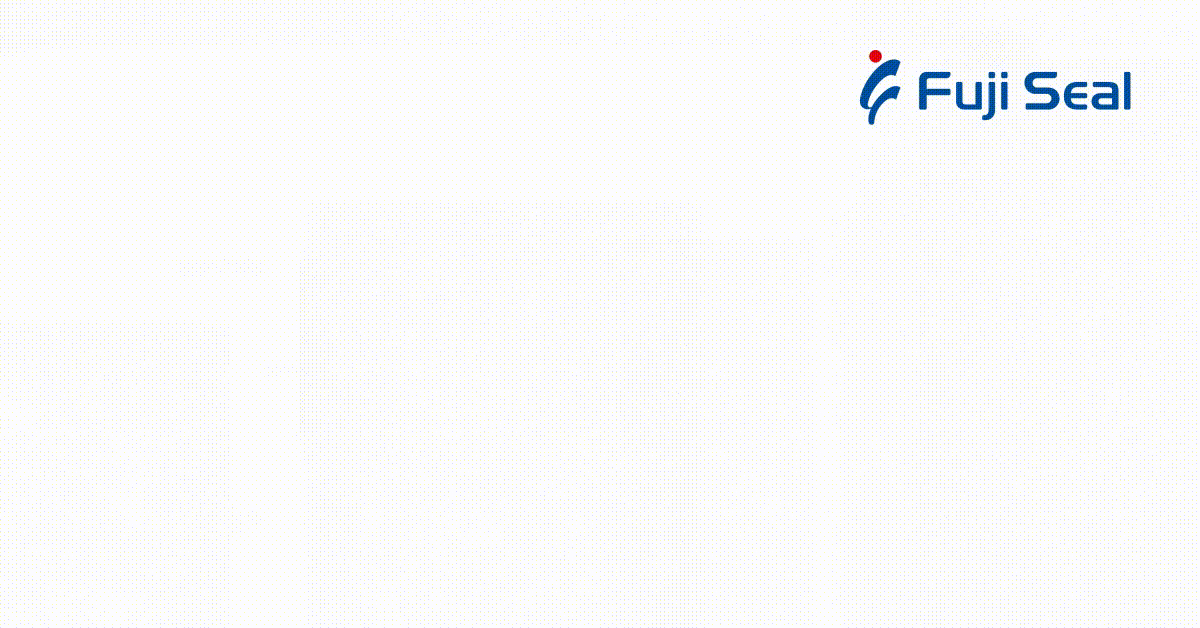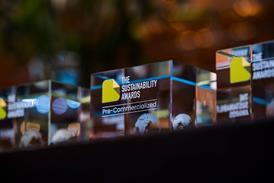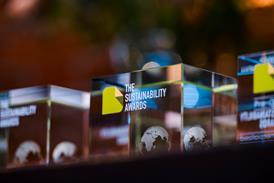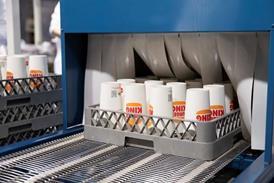
Fuji Seal talks us through the company’s innovations that boost circularity by providing recyclability, resource efficiency and carbon reduction in the latest edition of our Spotlight.
With regulations such as the Packaging and Packaging Waste Regulation (PPWR) coming into force by 2030, recyclability, resource efficiency and carbon reduction are now central to brand strategies, with every component of packaging under scrutiny. Shrink sleeve labelling (SSL), which Fuji Seal pioneered in the 1960s, has since become a widely used solution that continues to lead the evolution of sustainable packaging.
Shrink sleeve labelling
Shrink sleeves give brands full decoration around the container while still working with recycling and circular packaging goals. Compared with other methods, SSLs are applied without using glue and they can be separated more easily in the recycling process. Fuji Seal has developed films as thin as 30 microns, compared with the usual industry standard of 45–50 microns, reducing plastic without affecting performance. These thinner films were demonstrated at drinktec, running at the high speeds demanded in beverage and dairy lines – up to 800 bottles per minute on commercial lines. They match the efficiency of standard films, with no loss of print or application quality.
Polyolefin Sleeves today
A major step forward came in 2006, when Fuji Seal was among the first to introduce polyolefin (PO) sleeves. The density of PO sleeves is lower than water (less than 1 g/cm³), so they float during the recycling process. This allows them to separate cleanly from PET bottles and avoids contamination of the stream. They have become the industry standard for shrink sleeve sustainability. “We were pioneers introducing polyolefin sleeves in 2006. Today they are becoming the standard under PPWR,” explains Nicolas Gallardo, Business Unit Manager for Food & Beverages at Fuji Seal Europe.
Fuji Seal vision: RecShrink™ and Label-to-Label
While PO sleeves are effective today, Fuji Seal is going further with innovations like RecShrink™ – a sleeve with washable inks that allows the sleeve itself to be recycled alongside the PET bottle once the inks are removed. This increases the recovery rates of PET. These advances show how shrink sleeves can move from being just recycling-compatible to becoming fully part of a circular system. “RecShrink™ is a game-changer for our clients. It offers a clear path to making packaging more circular and meeting the expectations of regulators and consumers,” adds Gallardo.
The Fuji Seal difference: materials, printing and machinery together
What makes Fuji Seal unique is its 360° expertise across materials, printing and application machinery. This means its films and machines are designed to work together, helping brands to cut waste, save energy and maintain performance on demanding lines.
And machinery is a central part of Fuji Seal’s 360° offer. Its HS Tunnel achieves the same, or even better, shrink performance than a steam tunnel – but without using steam. It can cut energy use by up to 80% and water by up to 95%. “This tunnel gives the same or better shrink quality as a steam tunnel but without steam in-feed or exhaust,” says Gallardo. “That means big savings in water and energy and, if powered by renewable energy, it can be a carbon-neutral solution.”
As the originators of shrink sleeve technology, Fuji Seal has always been at the forefront of its development. From PO sleeves to RecShrink™ and the HS Tunnel, the company is providing brand owners with practical tools to reduce waste and prepare for PPWR. Furthermore, given Fuji Seal’s expertise across both sleeves and application machinery, the company is uniquely well-positioned to act as a single partner for customers all over the world, helping them to reach sustainability targets while also ensuring fast and reliable production.
This content was sponsored by Fuji Seal.
















